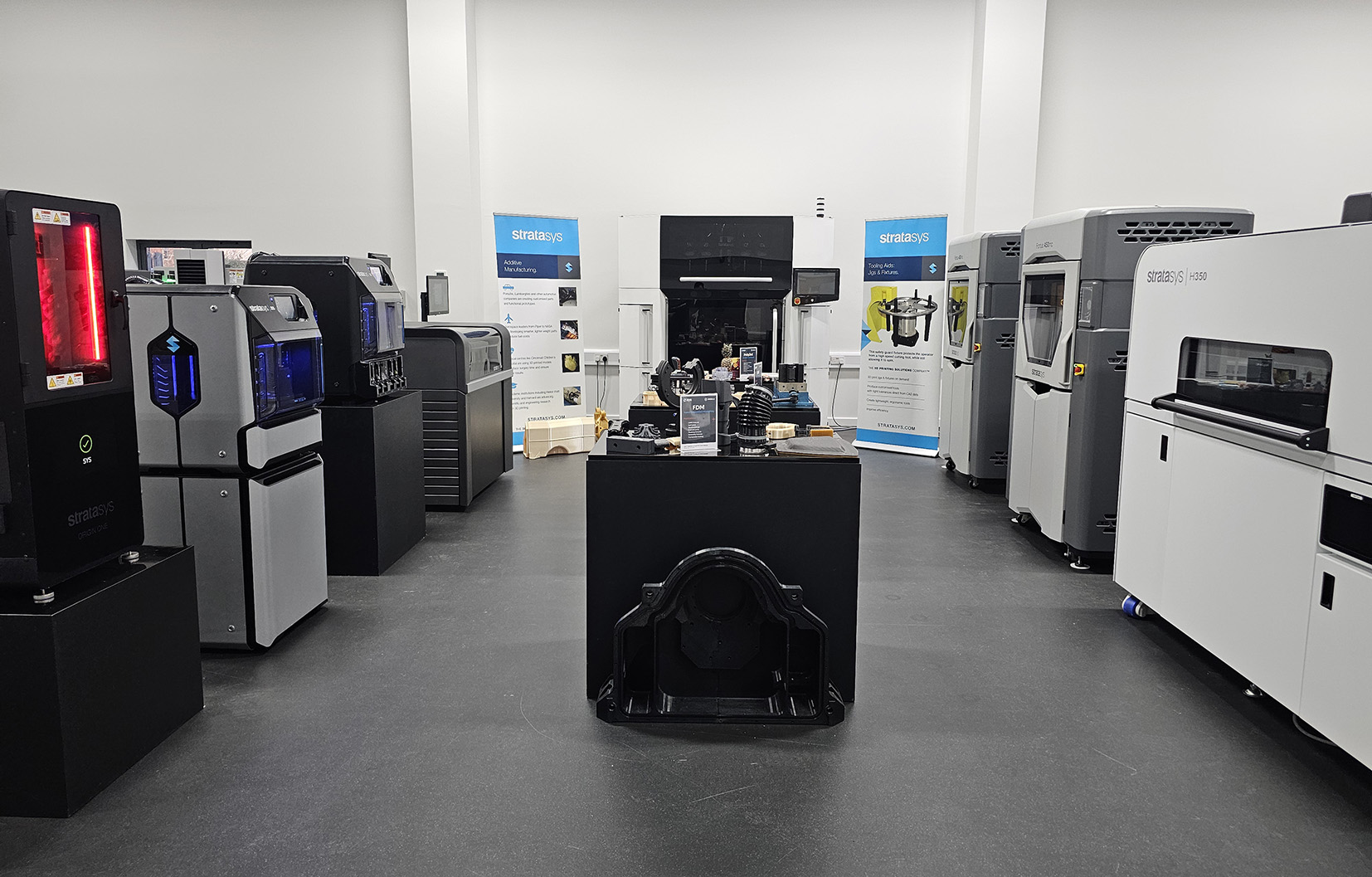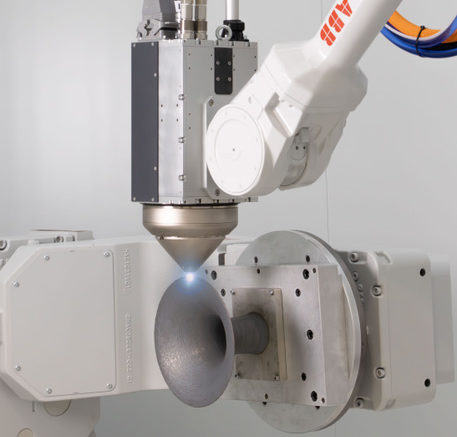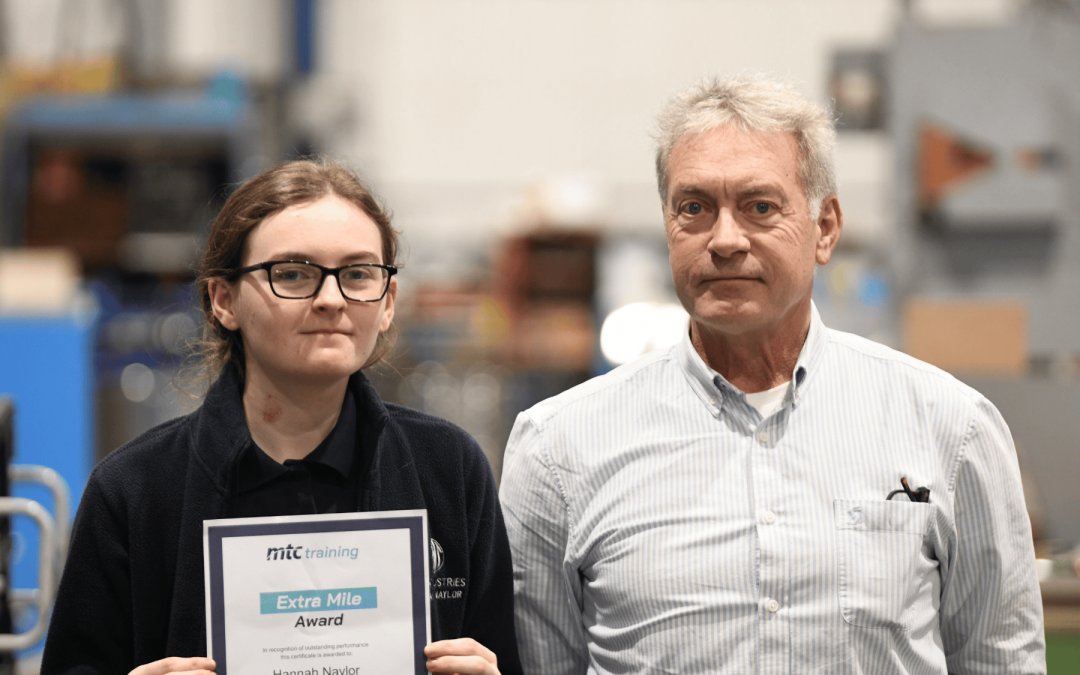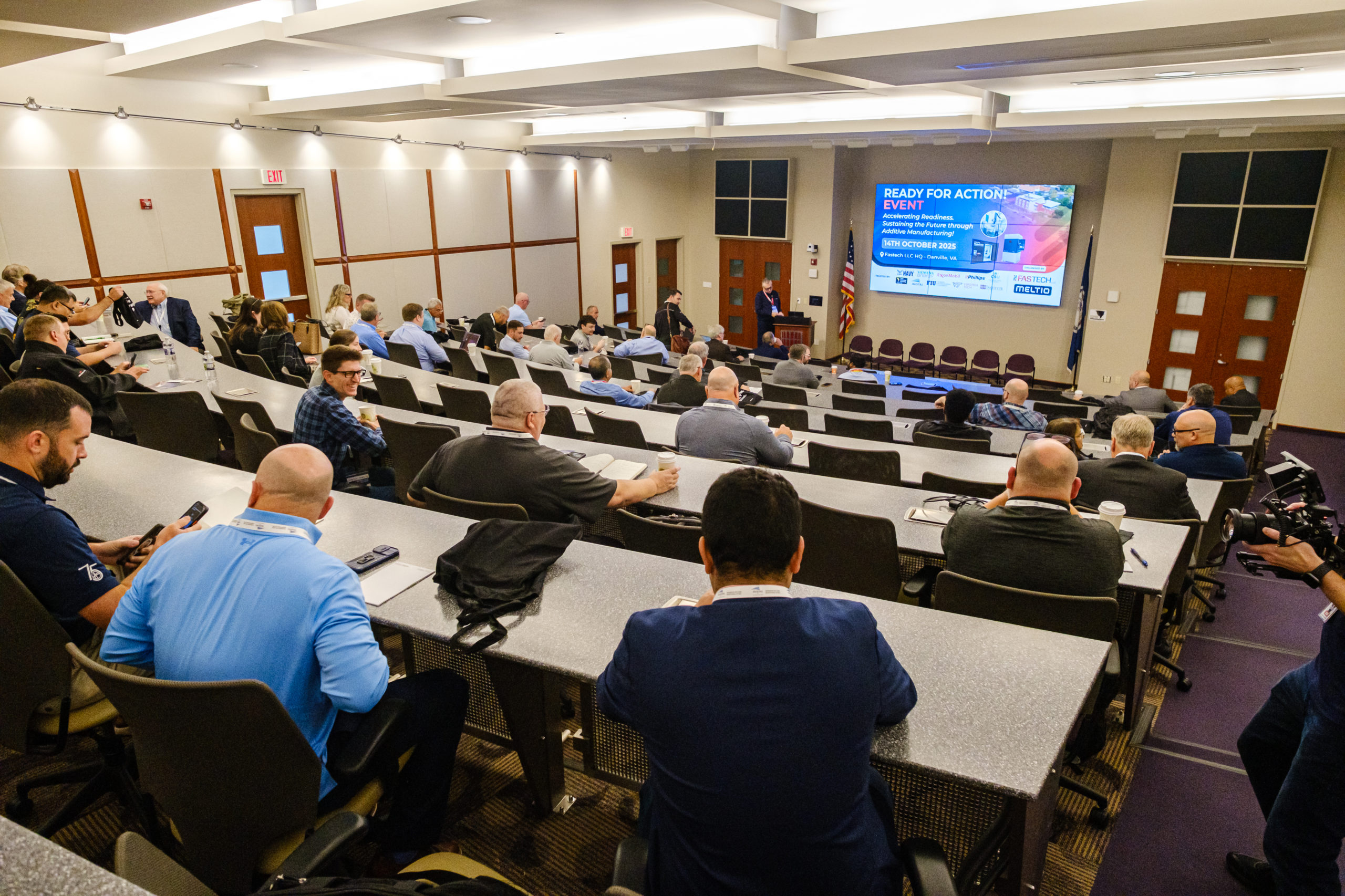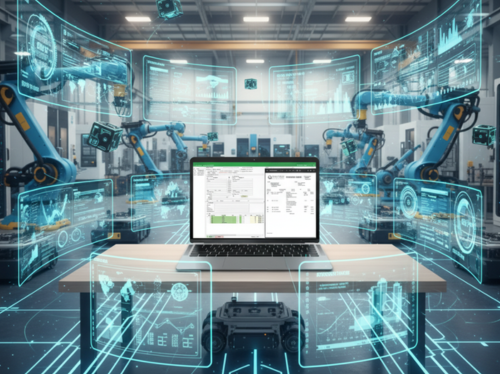Rapid Fusion launches AI ‘print assistant’ to optimise 3D printing technology
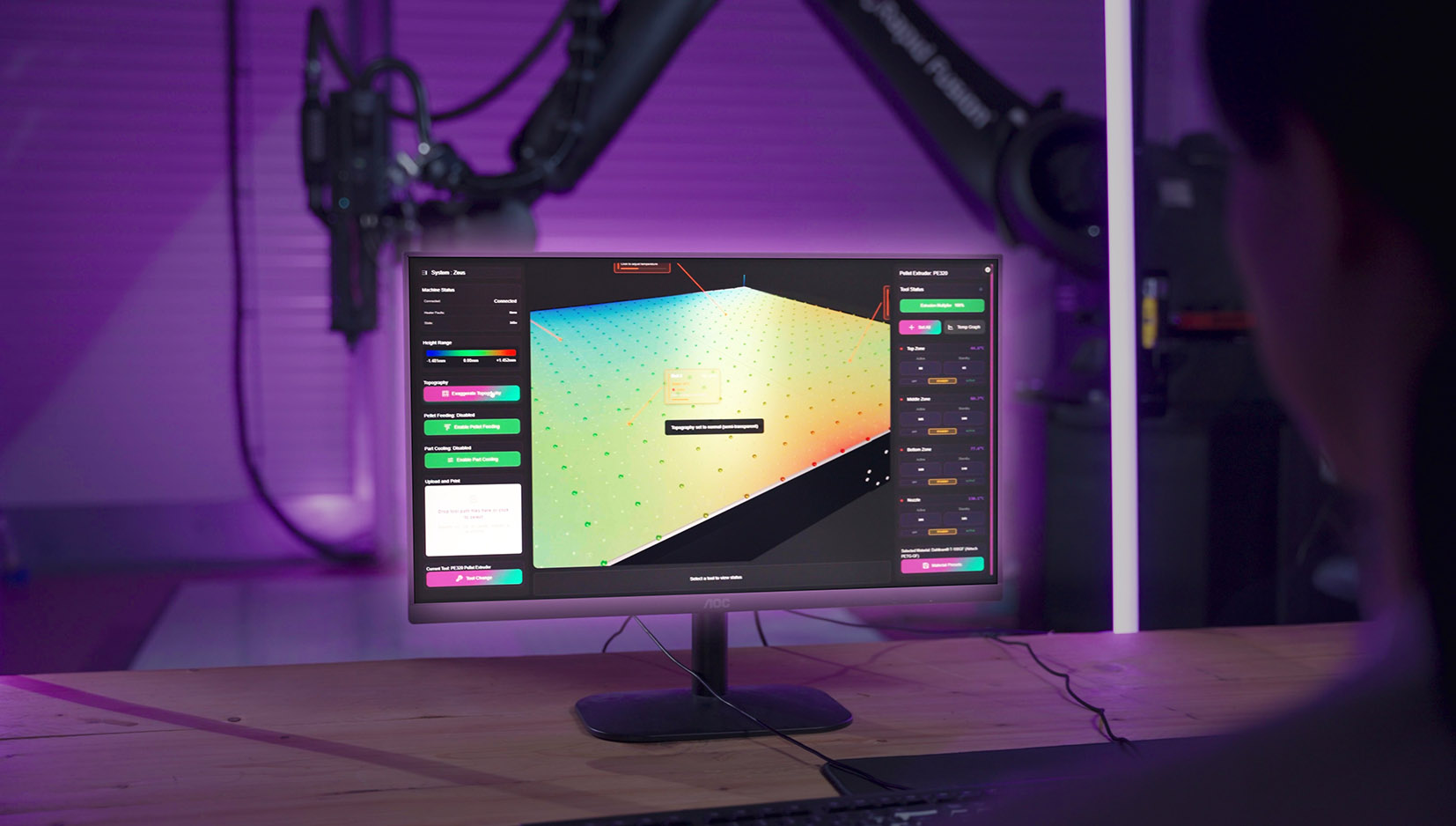
Rapid Fusion has unveiled an AI ‘print assistant’ that will help enhance the performance of its robotic additive manufacturing systems. The company’s specialist’s team of developers have leveraged the power of artificial intelligence (AI) to optimise solutions for customers printing complex automotive, aerospace, construction, medical or military components.
After eight months of coding, troubleshooting and various live tests, ‘Bob’ (Base of Build) is rolling out to existing clients. The AI print assistant is promising to optimise its robots via greater easier to use, more operator control and less maintenance reequirements.
The pre-loaded knowledge bank, anticipated by Rapid Fusion to be one of the largest collections of 3D printing expertise ever created, works in both secure online/cloud-connected and offline/air-gapped configurations for military or IP-sensitive clients. It functions with Rapid Fusion’s existing models like Apollo and Zeus, as well as its most recent system Medusa – the first UK-built large format hybrid 3D gantry printer.
“There’s a lot of talk about how AI can transform the business world and numerous companies are jumping on the bandwagon,” explains Martin Jewell, Chief Technology Officer at Rapid Fusion. “It’s something we’ve been aware of from day one, with all our robotic additive manufacturing systems built to use AI and unleash the full potential of our technology.”
He continues: “Having our own AI ‘print assistant’ is a gamechanger that will cut machine downtime and boost efficiency. We’re teaching our systems to understand challenges and different scenarios, which means we can make the user interface more responsive and simpler to embrace – opening it up to all the workforce. In essence, if we can make our systems as ‘plug and play’ as possible, we’ll have more adopters. It’s a simple as that.”
Rapid Fusion, which employs 10 people at its demonstration centre in Exeter, has factored in over 1,000 different printing parameters into its AI language to come up with ‘best-in-class’ settings for more than 100 different components. They feature smart extrusion readiness, which analyses the live temperature across four heating zones with rolling stability windows, thus providing confidence-scored go/no-go decisions using realistic heating/cooling profiles per material and pre-determined safety thresholds.
Material aware intelligence also covers extensive variants, including carbon-fibre composites and high-temperature polymers. When users say, “I need to print a high-temperature mould tool”, the AI accesses complete profiles considering heat deflection temperatures, mould shrinkage, thermal expansion and mechanical properties for optimal configuration.
Initially, two users levels will be available. Firstly, a super user, like a trusted partner or university, who can continue to inform and iterate the way Rapid Fusion do things. Secondly, a standard offer released at the start of 2026 will suit everyone who has one of the company’s systems. With the potential to send upgrades OTA (over the air), Rapid Fusion says the era of smart 3D printing is well and truly here.

